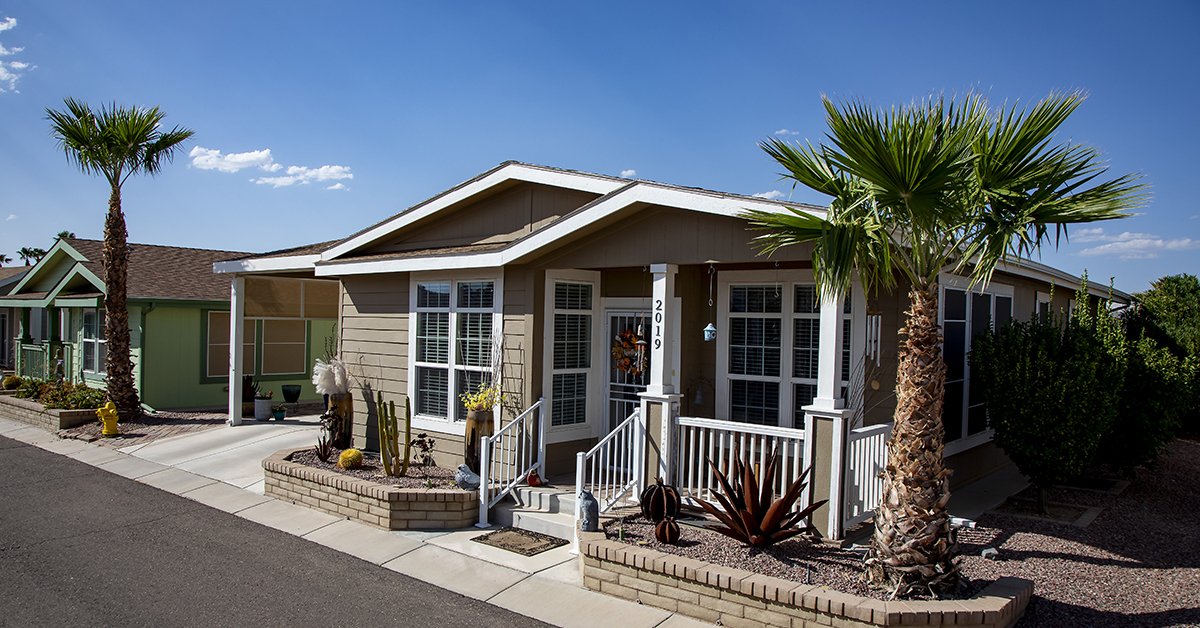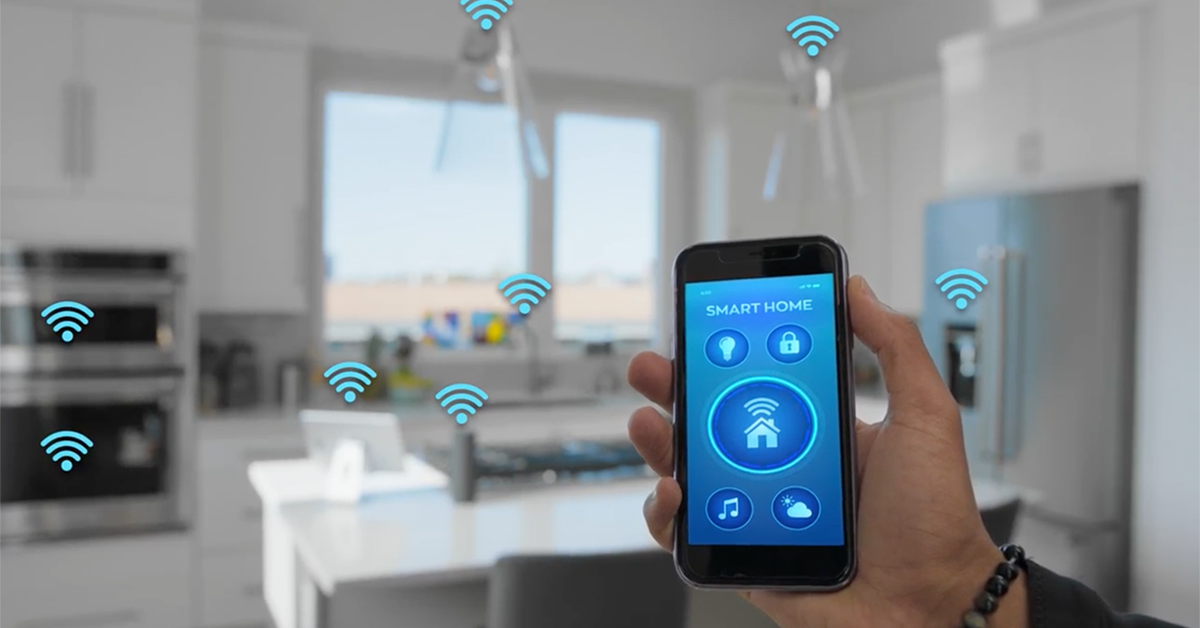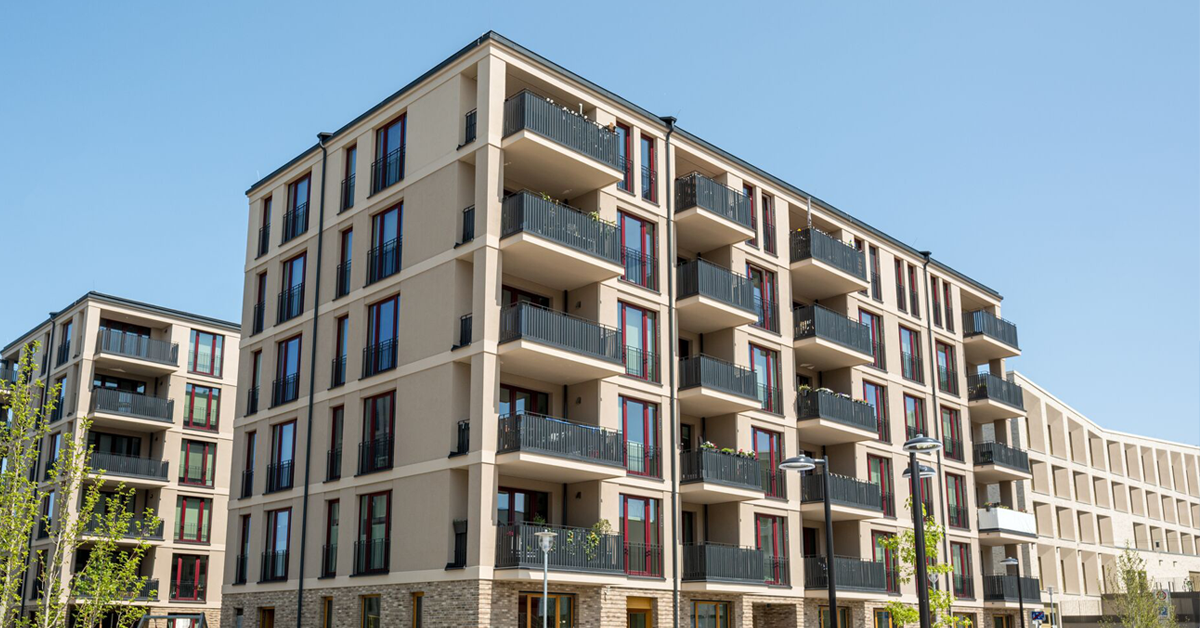Affordable, efficient, and increasingly popular, manufactured housing is more than a solution to the housing crisis. It’s a rapidly growing market that’s redefining how we think about contemporary living. Whether you're a home builder, insurer, or broker, understanding the key trends shaping this industry is vital to staying ahead.
Read on to discover today’s top trends in manufactured housing, including technological advancements and evolving consumer preferences. You'll also learn how to turn these insights into strategic advantages for your business or investment decisions.
What makes manufactured housing competitive?
What are the cost advantages of choosing manufactured homes over traditional housing?
Manufactured homes remain a top choice for affordable housing, with the average price of a new unit at $124,300 (not including cost of land). This price is approximately 1/3 lower than that of site-built homes, which have an average cost of $409,872 (Source: MHI), making manufactured homes an economical option for buyers facing rising housing costs.
- Multi-section home: Average price of $154,100
- Single-section home: Average price of $84,800
The average cost per square foot is $87 compared to $166 for site built. This offers budget-conscious consumers significant value while maintaining livability.
Energy efficiency of manufactured homes
How does energy efficiency influence the appeal of manufactured homes? Energy efficiency is a major selling point for the manufactured category. In fact, a 2022 study revealed that 53%1 of buyers chose manufactured housing due to its lower energy consumption, aligning with the growing demand for sustainable living.
What makes manufactured housing communities so appealing?
Exploring manufactured home communities
Manufactured homes offer flexibility, with roughly 55% of new units being located within established communities. These communities often provide attractive amenities and lifestyle options like recreational areas and common social areas. With an estimated 44,000 manufactured home communities in the U.S. alone, the popularity of communal living is on the rise.
What trends are shaping community size in the manufactured home market?
- Small to mid-sized communities dominate: 61% of communities have 25–299 homesites.
- New development: Only 5% of communities have been constructed since 1991. However developers are taking many of the older communities and they are being upgraded to meet the needs of today’s customers.
The limited growth in new developments highlights the opportunity for innovation and expansion in this segment of the market.
What’s behind the growth in manufactured housing?
Trends in manufactured home production
The industry continues to show resilience and growth, with U.S.-based manufacturers producing 103,314 units in 2024. This marked a notable recovery from the previous year’s decline, which was triggered by rising interest rates.
A growing demand for manufactured housing
Manufactured homes now account for 9.3% of annual new home starts, proving they are no longer just a niche housing solution, but a significant mainstream alternative.
Who are the key players in manufactured housing?
Manufactured housing leaders
The industry’s top builders continue to dominate, with the following companies leading the market:
- Clayton Homes 50.01%
- Champion Homes: 20.28%
- Cavco Industries: 13.55%
Longtime industry players continue to focus on high-quality construction and design innovation, setting a benchmark for the rest of the industry.
Where are the leading markets for manufactured homes?
Major cities like Houston, Dallas-Fort Worth, and Phoenix top the charts for manufactured home retail sales. These markets reveal where consumer demand is the strongest, offering insightful opportunities for brokers and insurers.
Why are buyers choosing manufactured housing?
Satisfaction rates are high
A 2022 study showed that 85% of manufactured home residents are satisfied with their purchase. The improvements in quality and features, meeting evolving consumer expectations. Top reasons buyers choose manufactured housing include:
- Affordability: 70% of buyers cited lower cost as their primary motivation
- Energy efficiency: 53% appreciate the sustainability factor of manufactured homes
- Space: Nearly half of buyers value the added living space provided.
- Improved Construction: Homes are being built to be significantly sturdier to withstand storms. This is due to stricter regulations and advancements in building techniques.
Diverse Appeal
Manufactured housing is drawing attention across demographics, from retirees seeking cost-effective options to first-time buyers looking for flexibility. For builders and manufactures, this equates to a wider market than in previous years.
What’s next for the manufactured housing industry?
The future of manufactured housing
The manufactured housing industry is well-positioned for continued growth in 2025 and beyond. However, several challenges remain, including restrictive zoning regulations and a need for increased large-scale community development. Stakeholders, such as builders and insurers, must collaborate to address these issues and unlock the full potential of manufactured housing.
How can builders and insurers capitalize on opportunities in the manufactured home market?
Build Communities: With demand for land-lease communities on the rise, there's an opportunity for builders to innovate and scale their efforts in creating attractive, amenity-rich environments for residents.
Offer Tailored Insurance Solutions: Insurers can enhance their market presence by providing products that cater to the unique needs of manufactured home buyers, ensuring adequate protection and affordability.
Educate Consumers: Many potential buyers are unaware of the affordability, sustainability, and quality improvements in manufactured housing. This knowledge gap presents an opportunity for targeted marketing and education-led initiatives in order to raise awareness and drive demand.
Advancing with Confidence: the bright future of manufactured housing
Confidently embracing the future of manufactured housing
Manufactured housing has evolved into a modern, viable choice for millions of Americans seeking affordable, efficient, and stylish homes. With increasing satisfaction rates and expanding market opportunities in the manufactured home sector, builders and brokers can confidently anticipate a positive outlook. As manufactured housing continues to gain recognition as a mainstream housing solution, stakeholders are well-positioned to capitalize on evolving consumer preferences and demand






